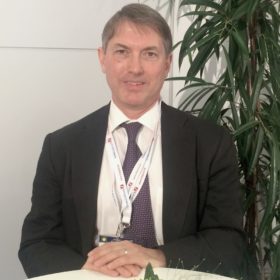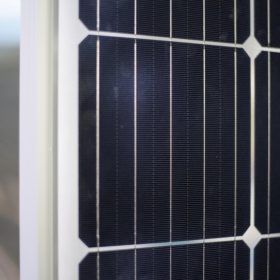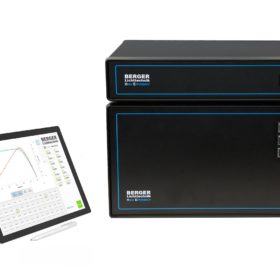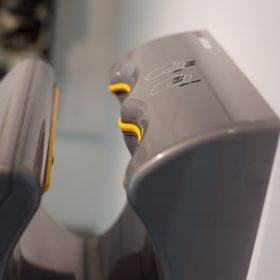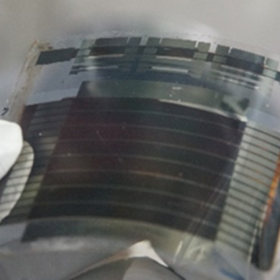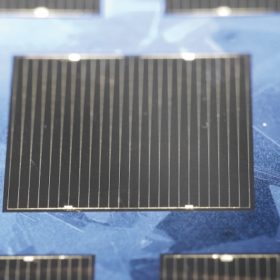EU PVSEC: New polyolefin-based backsheet challenges traditional PET-based backsheet
Two companies presented the performance of polyolefin-based backsheet at EU PVSEC 2017 in Amsterdam last week, with claims of superiority over polyester-core layer-based backsheet.
Black silicon could exploit potential of multicrystalline technology
In recent times there has been a shift from multi to monocrystalline solar cells and modules. One reason for this is the difficulty of using diamond wire saws on multi wafers in production. Black silicon has the potential to change this and to increase the efficiency of multi, Bill Rever, Co-founder and Chief Marketing and Sales Officer at Advanced Silicon Group, said at EU PVSEC.
Swiss researchers improve stability of perovskite solar cells
EPFL scientists have marginally improved the operational stability of perovskite cells with the introduction of cuprous thiocyanate protected by a thin layer of reduced graphene oxide.
CEA-INES and EDF introduce new lightweight PV module at EU PVSEC
Presented at EU PVSEC 2017, Amsterdam, CEA-INES and EDF have co-patented Solight, a new product that incorporates innovative features in the structure and materials used.
easyJet eyes battery-powered short haul flights within decade
The U.K.-based low-cost airline believes it could operate electric flights under two hours in duration within the decade, having partnered with U.S. firm Wright Electric to develop a battery-propelled aircraft.
Flasher trends at EU PVSEC
Discussion about the adaptation of standards for Flashers, and the way in which high-performance and bifacial modules should be measured goes on. Berger Lichttechnik is now launching a new cell tester and Halm reports a three-digit number of delivered cell testers.
Dyson aiming to hoover up EV market with new battery-powered car
The British engineering firm will invest £2bn in the development of a new electric car that Sir James Dyson has labelled ‘radical’. News prompts U.K. Renewable Energy Association to urge government to develop national EV charging strategy.
KAUST researchers develop single crystal perovskites
A team of researchers from Saudi Arabia’s King Abdullah University of Science and Technology (KAUST) and Oxford University has developed a process which uses the effects of surface tension to grow highly pure perovskite crystals at centimeter scale.
Toshiba claims record efficiency with film-based perovskite solar mini-modules
Japan’s Toshiba has fabricated a perovskite solar cell mini-module with an energy conversion rate of 10.5%, which it claims is now the highest rate that has been reached throughout the world with a multi-cell mini-module.
Fraunhofer ISE announces 22.3% efficiency for polycrystalline solar cell
The German research institute said this new result has beaten its own world record, which it set in Februrary reaching a 21.9% efficiency.

